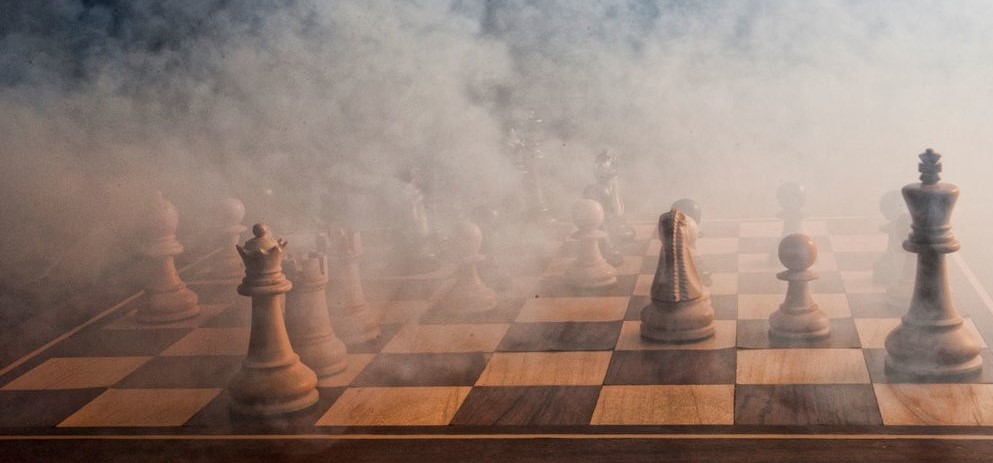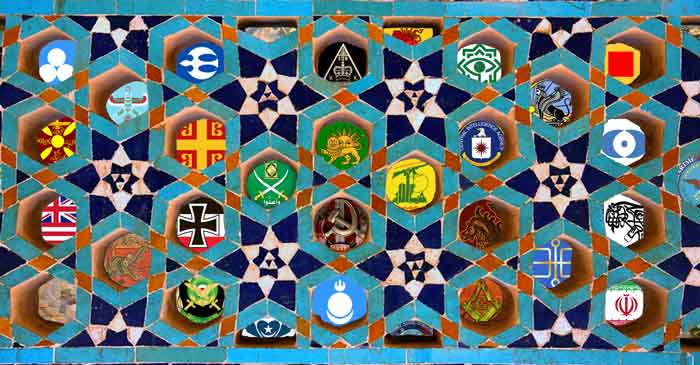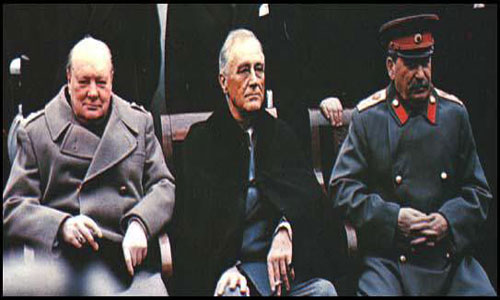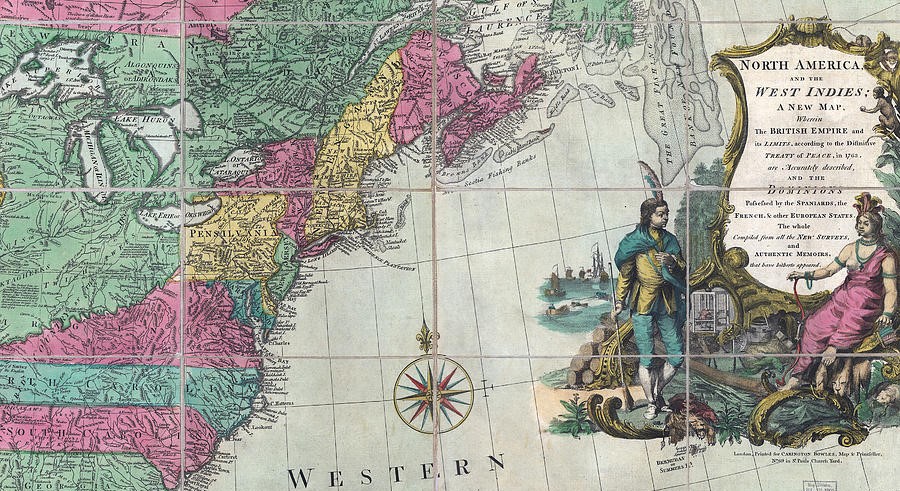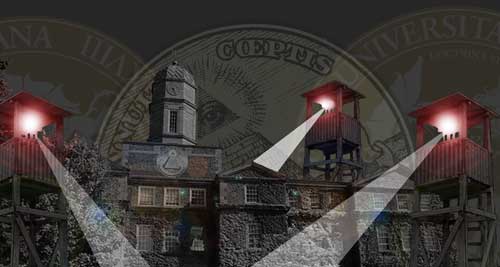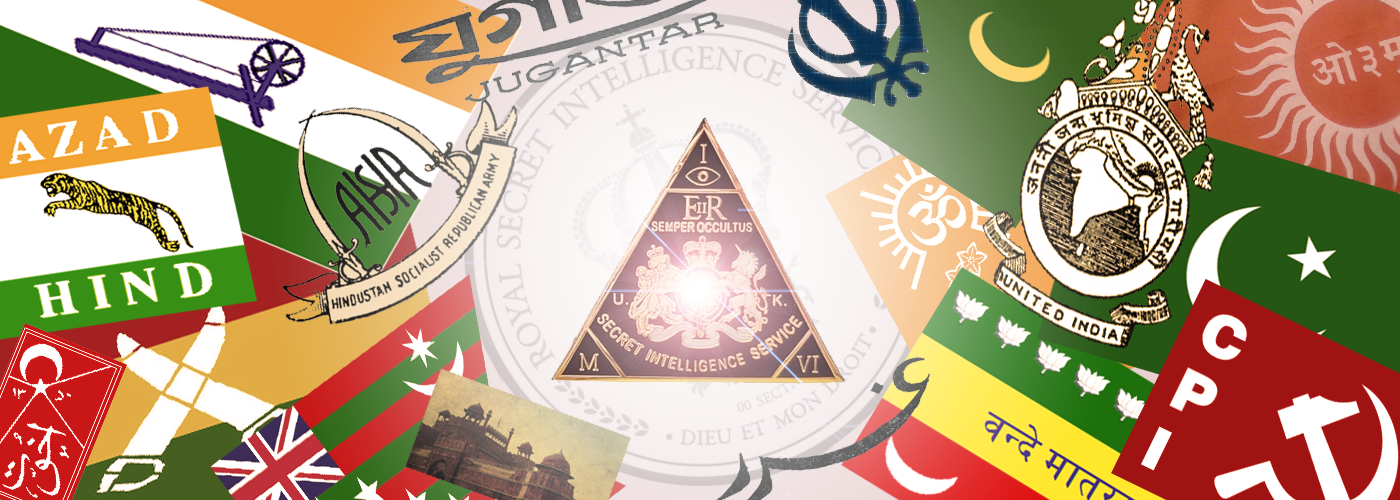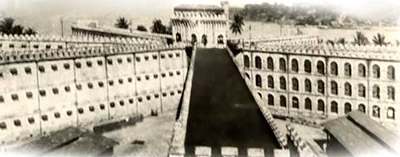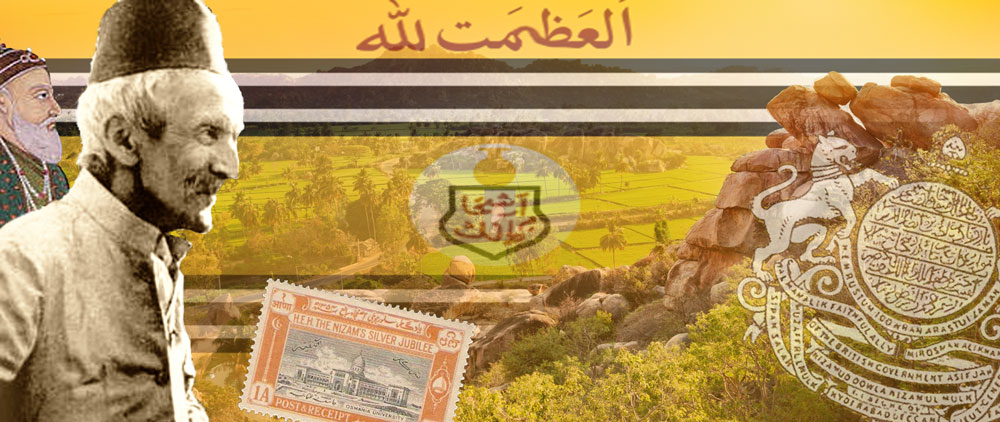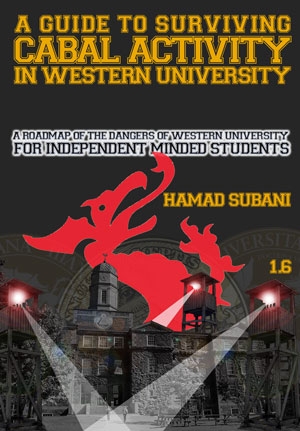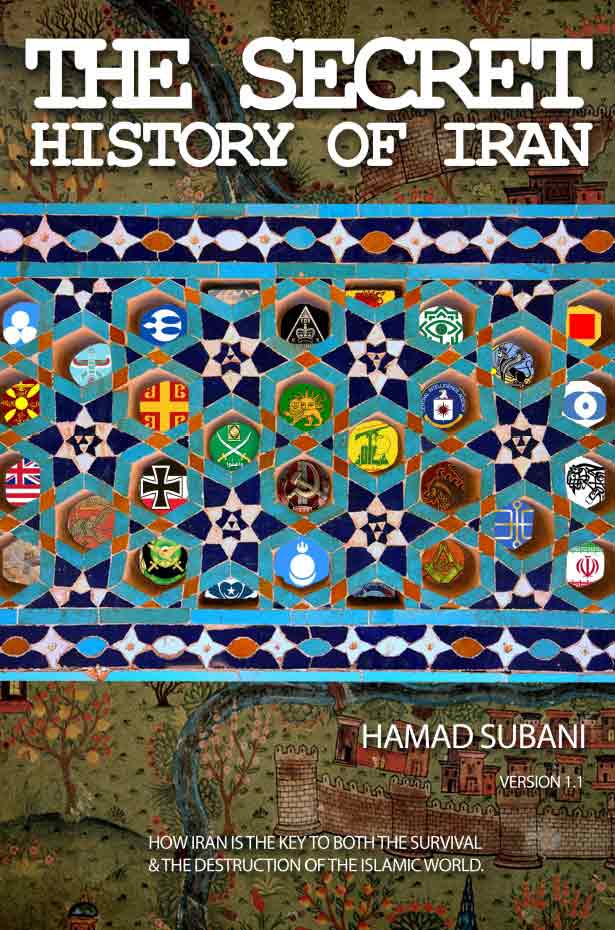Conspiracy Theory Review-Analysis; Did Selim I Destroy the Turks?
Last Updated on June 29, 2021 by Hamad Subani
A wildly popular thread posted on a popular Turkish language forum in November 2019 posits a rather perplexing theory that Ottoman Sultan Selim I, for reasons best known to him, was a destroyer of the Turkic people. And throughout his tenure as Ottoman Sultan (1512-1520), he did more harm than good to the Ottoman Empire. Since this is familiar territory, we review this theory in this post.

The poster identifies as Turkic but disavows Islam. The main points of this theory (and supporting comments) is as follows:
- Selim I genocided the Turks of Anatolia in several campaigns, wiping out up to 50% of the Turkish population in Anatolia. After him, the policy of destroying Turkic tribes in Anatolia became an Ottoman policy, with its most sanguine implementer being the mysterious “Bosnian” origin Kuyucu Murad Pasha, who is said to have boasted of killing up to 300,000 Turks of Anatolia.
- All of his wars were against Muslim Turkic states, the most notable being the destruction of the Mamelukes. There was a complete U-turn from pursuing wars in the Balkans and instead, for the first time ever, a complete conquest of Islamic lands was started, even though the conquest of land already under Muslim control would be contrary to Islam.
- Attempting to escape genocide and persecution, several Turkic tribes of Anatolia started identifying as Kurds, and these became the only survivors of these massacres. Many of these Turkic tribes fled south towards Iran and later took refuge with the Safavids of Iran, only to be massacred by Selim I in the battle of Chaldiran.
- Later Ottoman Sultans approved of the Kurd designation to these Turkic tribes because that would mean they would not be seen as genuine Turks, and would therefore be contained from being drafted into the Ottoman Army and Administration. They were thus deliberately kept away from obtaining any influence in Ottoman affairs.
- He imported and installed backward Arab clergy and appointed them as Qadis to counter Turkic influence and to prevent the development of military technology.
- The conquest of Egypt and Arab lands was never made profitable and instead became burdensome.
- Selim I entered into a very brutal war with a Turkic principality known as Dulkadir, whose ruler was slandered by Selim I’s religious leaders as a non-Muslim.
- Selim I turned the Ottoman State from a powerful confederation of tribes into an institutionalized, centralized, religion-based state. We do see more of this in the reign of his successor, Suleiman I, who was remembered as Suleiman the Lawgiver, for institutionalizing Ottoman society with all sorts of laws. Later, the Ottoman language was introduced, even though it seemed to have little in common with Turkic languages and culture. Later in modern times, when Mustafa Kemal pretended to liberate the Turks, he too would continue the Ottoman policy of breaking down what remained of the influence of the Turkic tribes.
- During his succession struggle, Selim I fled to Crimea in 1511. It seems he took refuge among Crimean Jews who speak a Turkic language with Hebrew influences. When he returned a year later to claim the throne with the help of the Jannissaries, the Crimean Jews moved to Istanbul with him, founding the Karakoy district. They would later emerge as the driving force in Ottoman politics and palace intrigues.
Prior to analyzing this theory, I always believed that the line of the Ottoman Sultans had been compromised, but that was way down the road, in the 19th Century. This theory would imply that the Illuminati had appropriated the Ottoman line in the 16th Century itself. But if that were the case, they would have proceeded immediately with a post-WWI style dismemberment of the empire rather than waiting a few centuries. The answer is that there was no point in imploding the Ottoman State when it could be easily replaced by the Mamluks, or by other Turkic tribes in Anatolia. Only when these competing groups were dealt with could the Ottoman State be subtracted from the equation. And so, the Ottoman State was resurrected, but only to conquer and colonize Muslim lands. Supporting this argument is the fact that Selim I’s mother is often hinted as being a “convert” of European origin, but nobody knows for sure who she was. Then there is the piece of deliberate disinformation that she was descended from the Dulkadir principality. We will get to that in a minute.
This is too much information to be discussed in a single post. I will discuss what current establishment historians and notable academic scholars have made us believe about the above and offer my own extrapolations.
- It is well documented that the basis of this “genocide” of Anatolian Turks was the interference of the Illuminati Safavids of Iran, who were aggressively proselytizing millenarian Shiite beliefs among them, with the hope of using these converts against the Ottomans. Selim I’s heavy handedness would thus appear to be a logical reaction. But what if both Selim I and the Safavids had secretly collaborated to annihilate the real Turkic groups that founded the Ottoman State under the guise of a religious proxy war?
- This theory questions the motives of Selim I in destroying the all-powerful Mamluks. The Turkic origin Mamluks were the ones who first defeated the Mongols at Ayn Jalut, effectively derailing what can only be described as a sophisticated program to destroy the entire Islamic world. Only the Illuminati powers in Europe would see the Mamluks as such a huge threat. Why would an Ottoman Sultan devote so much time and energy to conquer lands which were already Muslim territory, and to displace a power which had clearly emerged as the vanguard of Islam? It is important to note that while the Arabian cities of Mecca and Medina were central to Islam, no prior power had attempted a conquest of Arabia because the desert land brought very limited revenue. It seems that the Powers That Be wanted to claim this land only to derive legitimacy as the Guardians of these sites. But unlike the Mamluks, they refused to honour the successors of the last Abbasid Caliphs, and instead started referring to themselves as Caliphs. Only an illegitimate power would engage in such theatrics. And then we see the complete abandonment of the war against the Illuminati kingdoms of Eastern Europe. Subsequent Ottoman Sultans quietly abandoned these outposts, shrinking the empire all the way to Bursa.
- I have touched upon the battle of Chaldiran in my book. Establishment historians have instilled the belief that this was strictly between the forces of Selim I and the Safavids. But upon second reading, it does indeed seem like both of them conspired to entrap and destroy the original Turkic groups which founded the Ottoman States. Here’s how it was done:
- The Safavids start aggressively proselytizing millenarian Shiite beliefs among these Turkic groups, hoping to turn them against the Ottomans.
- This had been going on since quite some time, but when Selim I entered the picture, he used this as an excuse to genocide these groups.
- Those who remained were given false promises of security by the Safavids.
- Concurrently, they were “chased” into Safavid hands by Selim I
- But once they reached Iran, they were betrayed to the cannons of Selim I by the Safavids.
- Selim I could have absorbed all of them into his own armies by offering the olive branch. But it is clear that he was bent on extermination. In my book, I was left scratching my head as to why Selim I never advanced and conquered Iran following his “victory” at Chaldiran, extending his empire to the Indian Ocean. Now we know why. Iran was already under Illuminati control. And the purpose of this battle was to genocide the Turks who founded the Ottoman State. Once this was accomplished, Selim I simply packed up and left.
- Kurds continued to be blackwashed. While it is clear that the Armenian genocide was later instigated by the then fully compromised Ottoman Sultans, attempts were made to involve the Kurds in the process, just so that they could be blackwashed. When the Ottoman Empire was dismembered following World War I, several new fictitious countries with no coherent past came into existence, such as Israel, Lebanon, Kuwait, Jordan etc. The Kurds never got a country. Instead, it was arranged that the Kurds be scattered across up to four of the new countries…Turkey, Iran, Iraq and Syria. Iraq under Saddam Hussein would later gas their Kurds using chemical weapons supplied by Bechtel and the British government. The persecution of Kurds by modern Turkey thus represents a historical vendetta against the forces which once rattled the Illuminati kingdoms of Europe.
- Islam being a natural religion requires no dependence on the Arabs. The freedom and sovereignty of various Turkic tribal groups was bogged down by introducing questionable laws which only served one purpose, and that was imposing centralized authority. Sadly, this was done in the name of Islam. Real Islamic law requires practitioners who know how to implement it locally, and independent of each other. It may be true that military technology was stalled by wrongly quoting Islamic scripture. But only an ingenious opponent of the real Ottomans would do that.
- While Egypt was snatched from the Mamluks, the Ottomans indeed never bothered to make it live up to its profitable potential. What is even more mysterious is how Egypt was quietly passed over to the Greek origin Muhammad Ali. Why did the Ottomans recognize him 1805, instead of taking it back from him? Muhammad Ali then proceeds to genocide what remains of the Mamluks. To quote,
The Mamluks still posed the greatest threat to Muhammad Ali. They controlled Egypt for more than 600 years, and over that time they extended their rule systematically south along the Nile River to Upper Egypt. Muhammad Ali’s approach was to eliminate the Mamluk leadership, then move against the rank and file. Muhammad Ali invited the Mamluk leaders to a celebration at the Cairo Citadel in honour of his son, Tusun Pasha, who was to lead a military expedition into Arabia. The event was held on March 1, 1811. When the Mamluks had gathered at the Citadel, and were surrounded by Muhammad Ali’s troops, he had his troops kill them. After the leaders were killed, Muhammad Ali dispatched his army throughout Egypt to rout the remainder of the Mamluk forces.


15 years later, something similar would happen to the Jannissaries of the Ottoman Empire. To quote,

When Ottoman Emperor Mahmud II began forming a new army and hiring European gunners, the Janissaries mutinied as usual and fought on the streets of the Ottoman capital, but the militarily superior Sipahis charged and forced them back into their barracks. Historians suggest that Mahmud II purposely incited the revolt and have described it as the sultan’s “coup against the Janissaries”. The sultan informed them (through a fatwa) that he was forming a new army, the Sekban-ı Cedit, organized and trained along modern European lines (and that the new army would be Turkish–dominated). The Janissaries saw their institution as crucial to the well-being of the Ottoman Empire, especially to Rumelia, and had previously decided they would never allow its dissolution. Thus, as predicted, they mutinied, advancing on the sultan’s palace. Mahmud II then brought out the Holy Banner of the Prophet Muhammad from inside the Sacred Trust, intending all true believers to gather beneath it and thus bolster opposition to the Janissaries. In the ensuing fight the Janissary barracks were set ablaze by artillery fire, resulting in 4,000 Janissary deaths; more were killed in the heavy fighting on the streets of Constantinople (the capital of the Ottoman Empire and the center of the Janissary order). The survivors either fled or were imprisoned, their possessions confiscated by the Sultan. By the end of 1826 the captured Janissaries, constituting the remainder of the force, were put to death by decapitation in the Thessaloniki fort that soon came to be called the “Blood Tower” (but which has been known since 1912 as the White Tower). Roughly 100 other Janissaries fled to the Cistern of Philoxenos where many drowned. Some Janissaries survived by keeping a low profile and taking ordinary jobs. Immediately after the Janissaries had been disbanded, Mahmud II ordered the court chronicler, Mehmet Esad Efendi, to record the official version of events. This account, Üss-i Zafer (“Foundation of Victory”), was printed in Istanbul in 1828 and served as the main source for every other Ottoman account of this period. The incident had a negative impact on the newly converted Muslims and their communities in the Balkans, who lost their privileges, as rebellions broke out across Rumelia, especially in Bosnia and Albania. Taking advantage of the temporary weakness in the military position of the Ottoman Empire following this, the Russian Empire forced the Ottomans to accept the Akkerman Convention on 7 October 1826. This event was called the Auspicious Incident.
Note the reference to the execution of the Janissaries at Thessaloniki. This is symbolic, as this city is a nest of crypto-Jews. The perpetrators of this massacre are giving us a clue. Mustafa Kemal was from there. Here he is below posing in Janissary attire (he was never one).



- Why did Selim I seek to eviscerate the Dulkadir principality? It had come into being after the Ottomans eliminated the Karamanid Emirate in 1487, displacing the entire population to the last man after their ruler tried to attack the Ottomans who were busy fighting Hungarian crusaders. This is what their flag looked like. So this was revenge for destroying the Karamanids.
- It is quite ironic that the Powers That Be would have a Salonican crypto–Jew named Mustafa Kemal recycle the pent-up resentment the Turks had against centuries of de-Turkification. But instead of bringing back Turkish culture and traditions, it was substituted with an alien Westernized creation, and Islam was made the obvious scapegoat.
- Selim I’s succession struggle was the most sanguine, even by Ottoman standards. All competitors were put to death, which is why Selim I is called Selim the Grim. Most conspiracy theorists believe that European origin brides from Illuminati households, and later Salonican crypto-Jews destroyed the Ottomans. The role of Crimean Jews is indeed a revelation. Later during World War II, almost all of the remaining Turkic Muslims in Crimea would be deported to Siberia by Stalin.
If we accept the idea that Selim I may have indeed been the first non-Ottoman to infiltrate the office of the Sultan, then The Powers That Be would have indirectly celebrated the success of this project. And indeed there seems to be suitable indication.





If we put Selim I and this theory aside, we observe that the Ottoman State was compromised by the Illuminati the moment it discontinued its wars against the Illuminati Kingdoms of Europe and instead started to fight, colonize and interfere in the Islamic world. The same can be said about modern Turkey, and in particular, Erdogan’s Turkey. It has not fought a single war against a non-Muslim power (with the exception of the half-hearted invasion of Cyprus), yet unleashed ISIS upon the Middle East. And it has continued the Globalist policy of opposing the Kurds in every possible way.
Modern Turkey has also taken great pains to keep alive the myth that the Ottoman State came to an end with the deposition of the 34th Ottoman Sultan Abdul Hamid II in 1909. Whereas the reality might have been that the Ottoman State ceased being a genuine Muslim state with the ascension of Selim I in 1512. The approximately 400 years in between need to be carefully scrutinized, because the office of the Sultan had been compromised (and of course, no further conquests of Europe and Russia were undertaken). The only reason this masquerade was allowed to continue so long was to prevent the emergence of genuine Muslim powers in the region, at least until Western powers could overcome technological and logistical challenges and directly involve themselves in the region.


